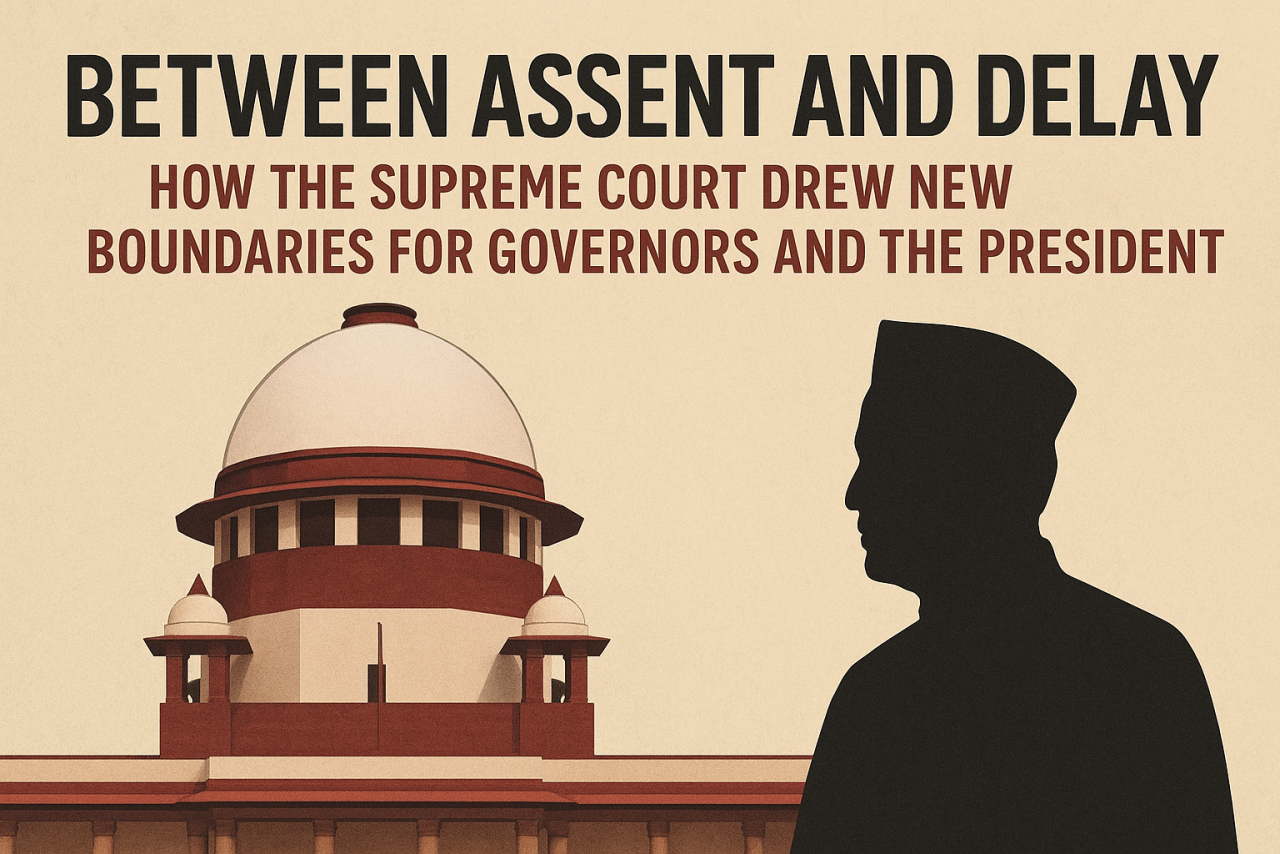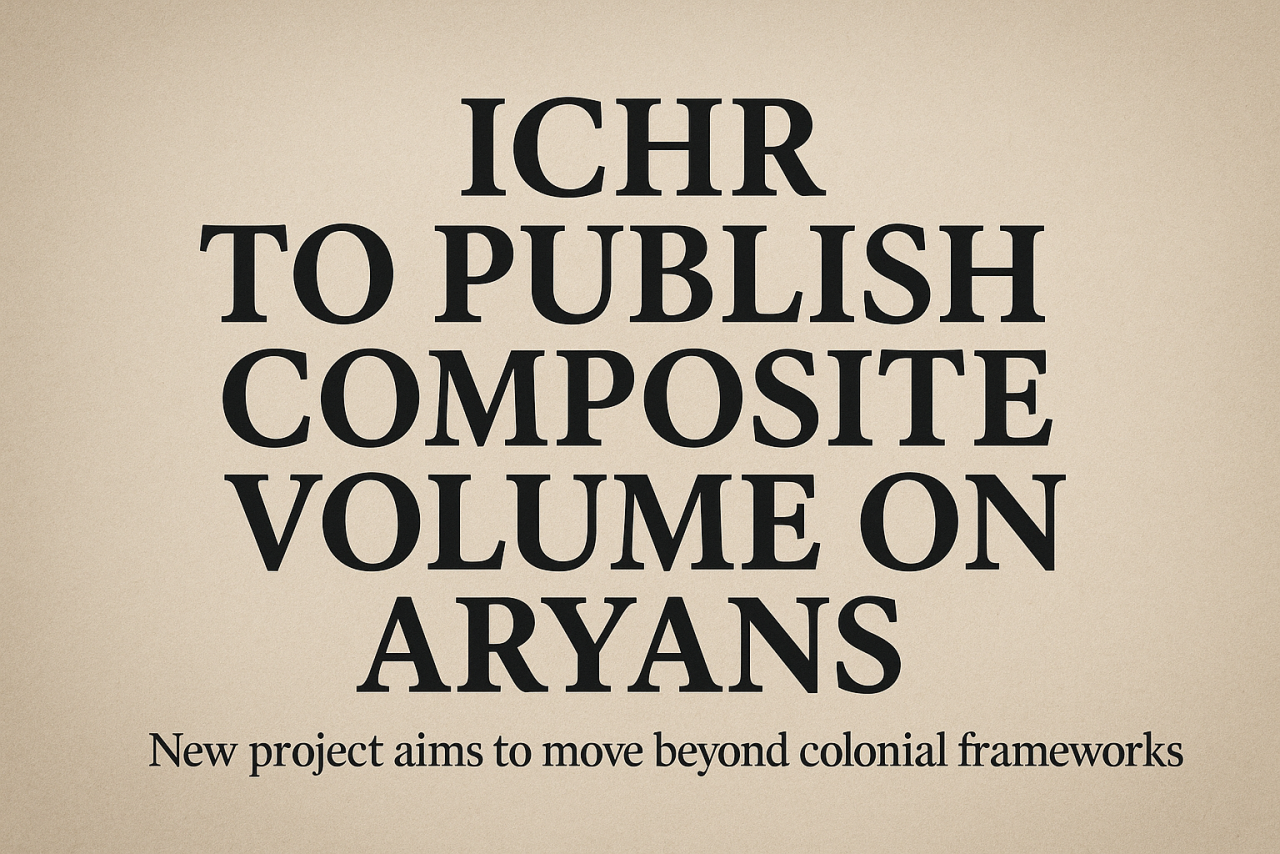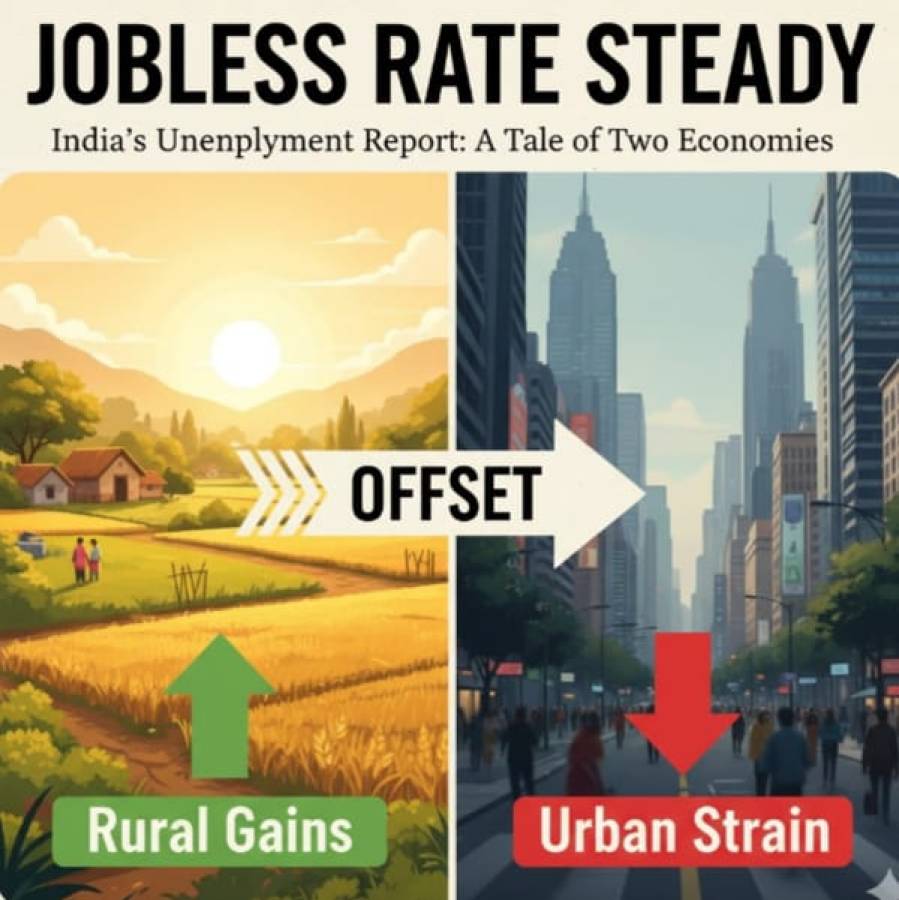
The Comptroller and Auditor General (CAG) of India has raised serious concerns about Bihar’s rising debt and fiscal management. The report points out that despite showing a revenue surplus, the state is increasingly dependent on borrowings to meet its expenditure. This raises questions about financial sustainability and the ability of the government to maintain welfare schemes in the long run.
Bihar’s Debt Situation
According to the CAG report for 2022–23, Bihar’s total debt stood at ₹2.85 lakh crore, which is 33.42 percent of its Gross State Domestic Product (GSDP). This figure is higher than the recommended limit of 32.57 percent set by the Fifteenth Finance Commission for the same year.
The state’s per capita debt has also increased to ₹21,773, compared to ₹20,758 in the previous year. This means that every person in Bihar, on average, carries a higher share of the state’s financial burden than before.
Dependence on Borrowings
The CAG highlighted that Bihar spent nearly 22 percent of its revenue receipts on interest payments and loan repayments in 2022–23. This growing dependence on borrowings shows that the state’s own resources are not sufficient to cover its expenditure.
While the state had a revenue surplus of ₹8,925 crore, the fiscal deficit stood at ₹25,785 crore, or 3.02 percent of GSDP. This indicates that the surplus was not enough to meet capital expenditure, and borrowings were used to fill the gap.
Fall in Development Expenditure
Another major concern in the report is the decline in development expenditure. Expenditure on health, education, and infrastructure has reduced as a percentage of GSDP. For example, Bihar spent only 3.7 percent of GSDP on education, which is below the national average of 4.3 percent. Similarly, health expenditure was only 1.6 percent of GSDP, while the national average was 2.1 percent.
This shows that rising debt is restricting the government’s ability to spend on areas that directly improve the lives of people.
Welfare Schemes and Fiscal Pressure
Bihar has launched several welfare schemes in recent years, including free uniforms and bicycles for schoolchildren, scholarships, health benefits, and subsidies for different sections of society. While these schemes have social value, the CAG warns that funding them through borrowings can create long-term financial risks.
For instance, in 2022–23, subsidies alone accounted for ₹10,394 crore, an increase of 19 percent compared to the previous year. Many of these subsidies were financed by debt, which may not be sustainable in the future.
Dependence on Central Transfers
The report also shows that Bihar’s own tax revenue is very low compared to its expenditure needs. In 2022–23, the state’s own tax revenue was only ₹41,000 crore, which formed just 26 percent of its total revenue receipts. In contrast, transfers from the central government contributed 66 percent.
This heavy dependence on central transfers makes Bihar vulnerable. Any delay or reduction in central funds could affect the state’s ability to run welfare programs and pay for basic services.
Quality of Borrowings
The CAG further observed that much of Bihar’s borrowings were used for meeting revenue expenditure instead of creating capital assets. In 2022–23, ₹12,500 crore from borrowed funds went into revenue expenditure. This means that loans are being used for recurring expenses rather than investments that could generate income in the future.
If this trend continues, the debt burden will rise without improving the productive capacity of the state’s economy.
Rising Burden on Future Generations
One of the key warnings in the CAG report is that the growing debt will put pressure on future generations. As interest payments and repayments grow, a large share of the state’s budget will go into servicing past loans rather than funding development projects.
In 2022–23, Bihar spent ₹20,246 crore on interest payments alone, which is nearly one-fifth of its revenue receipts. This figure is expected to rise further in the coming years if borrowing continues at the same pace.
Recommendations for Improvement
The CAG has suggested several steps to improve Bihar’s fiscal health:
1. Increase Own Tax Revenue: Bihar needs to strengthen its tax collection systems and widen its tax base. At present, the state’s tax-to-GSDP ratio is only 6 percent, much lower than the national average of 8 percent.
2. Control Borrowings: The government should restrict borrowings to productive purposes such as infrastructure, irrigation, and power projects, which can boost growth and generate revenue in the long run.
3. Rationalize Subsidies: Welfare schemes should be better targeted, and subsidies should not be allowed to grow unchecked.
4. Focus on Capital Expenditure: A larger share of expenditure should be directed towards capital assets like roads, schools, and hospitals, which improve productivity and welfare over time.
5. Strengthen Fiscal Responsibility: The state should adhere to the limits set under the Fiscal Responsibility and Budget Management (FRBM) Act to ensure sustainable debt levels.
Final Take
The CAG report on Bihar serves as a clear warning. The state may appear comfortable in the short term due to a revenue surplus, but the rising debt burden tells a different story. Heavy dependence on borrowings and central transfers, combined with low development expenditure, could create serious problems in the future.
For Bihar to achieve balanced and sustainable growth, the government must focus on improving its own revenue, spending more on productive assets, and reducing unnecessary borrowings. Otherwise, the weight of today’s debt will fall heavily on tomorrow’s citizens.






















Asha Raman foundation
3 months agohttps://asharaman.com/donation-and-cleaning-program-foundation/